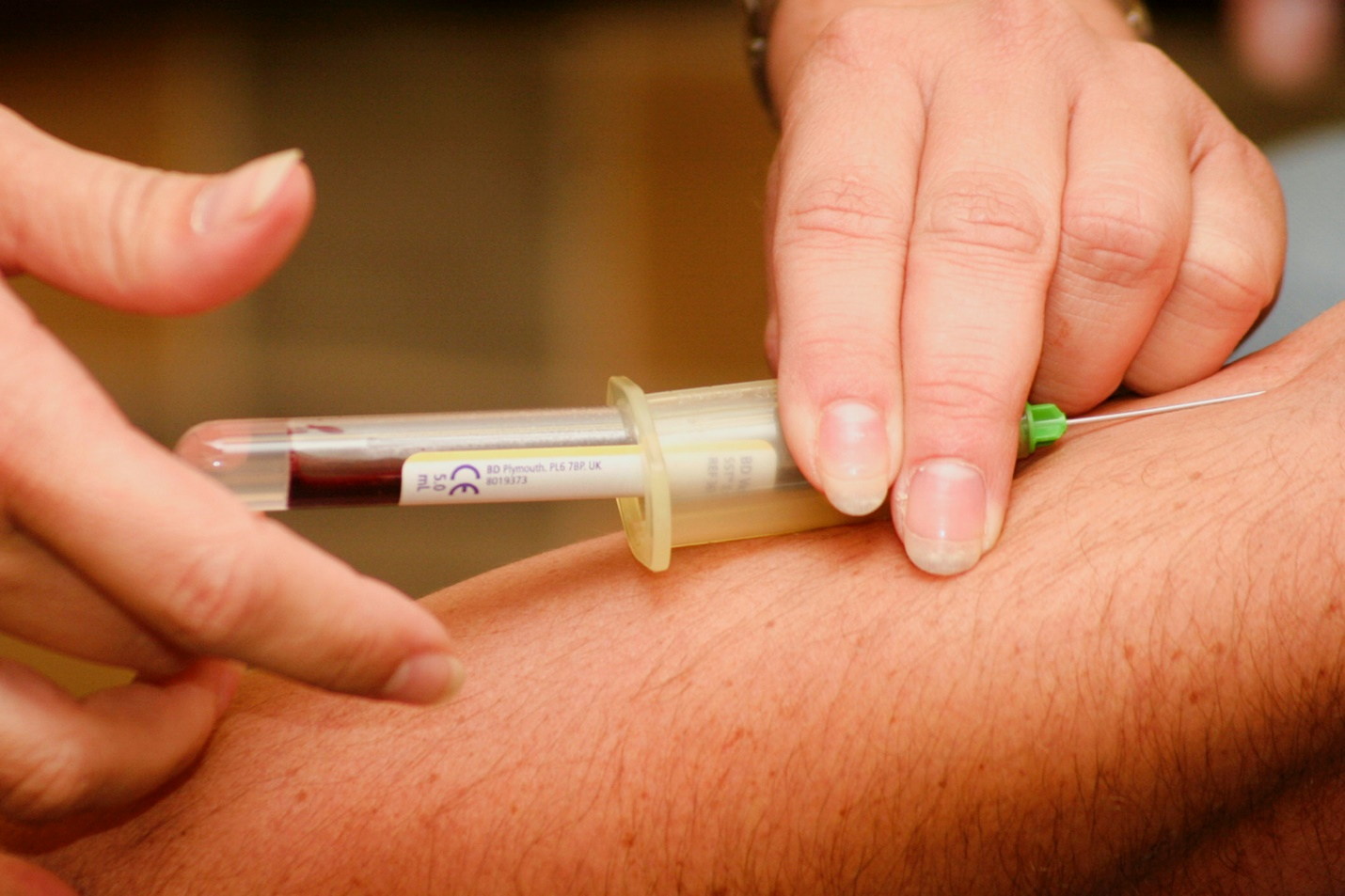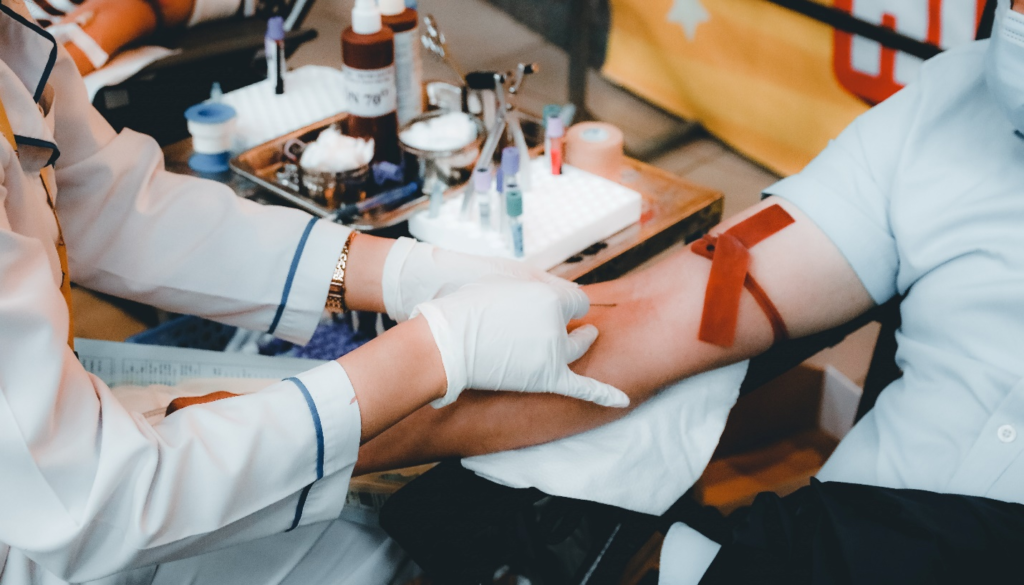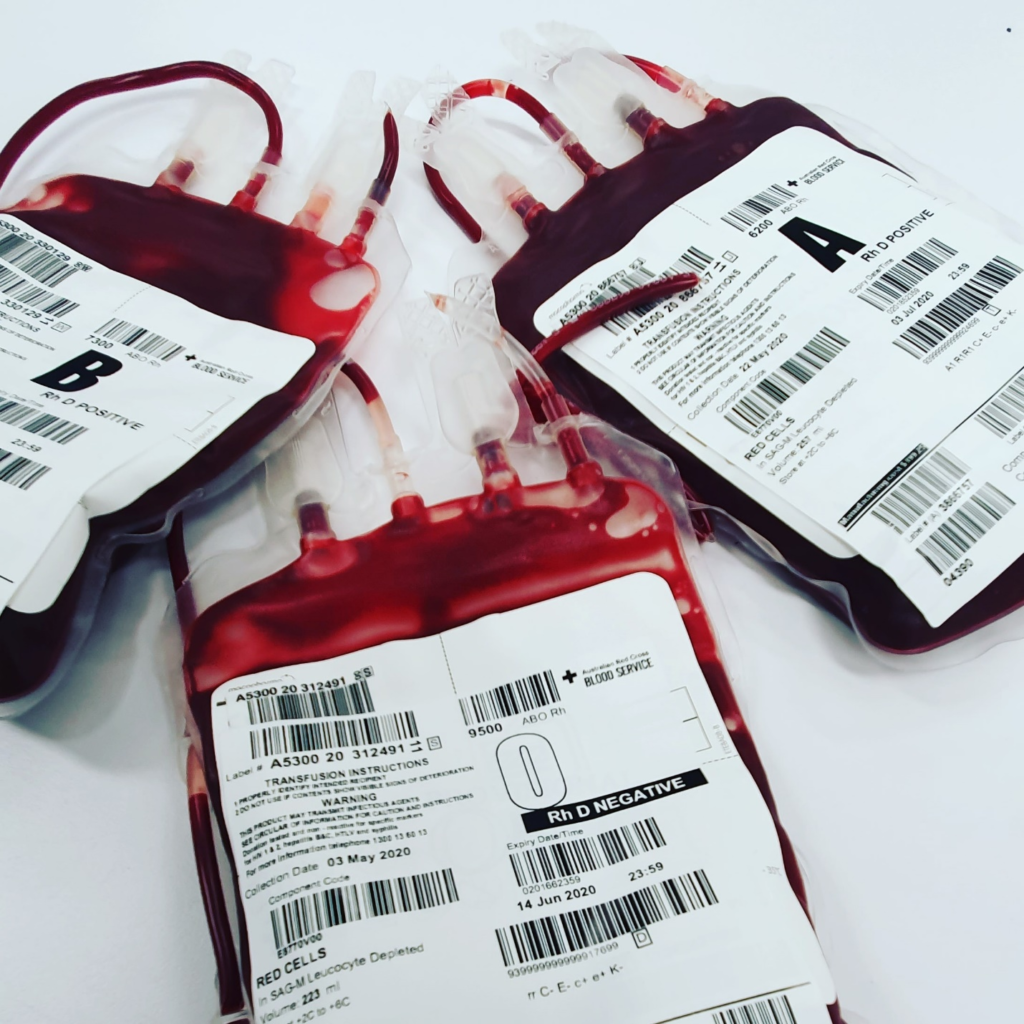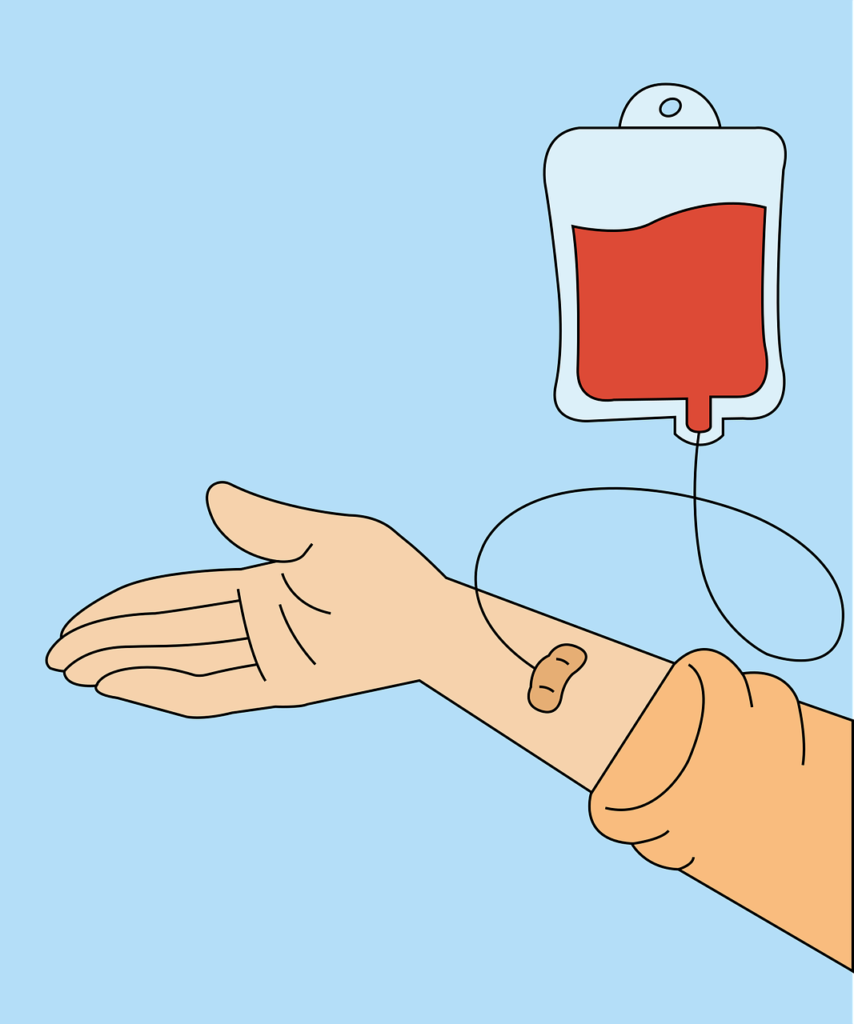
Benefits of Donating Blood and How to Counter the Shortage of Blood Donations

Every day, thousands of people need blood and blood products to survive and stay in good health. If a person experiences low blood levels due to an injury, illness, or accident, oxygen isn’t effectively provided to the organs and tissues in the body. Blood donations can help people in prolonging their lives.
There are many benefits to donating blood to those who need it. According to American Red Cross, one person needs donated blood to survive in the united states every two seconds. Your donation can end up saving at least three lives.
A blood donation can take anywhere from 45 minutes and a maximum of 60 minutes. In addition to donating blood only, you can also donate your platelets, double red cells, and even plasma. This is called Apheresis blood donation and can take from 90 minutes to 120 minutes.
You can also donate just your red blood cells. This process is called double red cell donations and can take from 60 minutes to 90 minutes to complete.
Blood donation doesn’t only benefit the patients and recipients; it also holds tons of benefits for the person donating. Here are some advantages the donors can benefit from donating blood:
Benefits of Donating Blood:

1. Screens For Adverse Health Effects:
If you’re looking to donate blood, you will need a complete physical examination and a blood test before donating. These tests are not comprehensive or in-depth, but they help identify if you have any blood-related conditions like anemia or low blood pressure.
The tests check on the donor’s hemoglobin (iron levels), heart rate, body temperature, and blood pressure. If there is any problem detected, the donor will not be allowed to donate. These tests can often be the donor’s first step toward receiving treatment for their issues.
2. A Service To The Community:
According to the statistics from American Red Cross, nearly 29,000 units of red blood cells are required daily for patients in the United States. And a single donation of blood can save the lives of three individuals. So, blood donors provide a valuable service to their community. They can make a huge difference in someone’s life by prolonging their health and giving them a chance at survival.
3. Weight Regulation
Based on a study conducted in 2012, blood donations centers are encouraged to weigh individuals coming in as donors before they give blood. This can help identify people who are obese and can help manage their weight and related health problems.
Underweight people can also benefit from this and receive counseling and medical advice to adjust their weight and BMI.
4. Helps With Hemochromatosis
Hemochromatosis refers to excessive iron production in the blood. Even though the body needs iron to produce hemoglobin, it produces red blood cells. However, a high amount of iron in the body can end up being deposited in organs like our liver and heart. This can adversely affect their function.
Based on an article released by CDC, Centre for Disease Control And Prevention, people struggling with this condition can donate blood. Donating counts as a community service and serves as a treatment for their medical condition. While some agencies refuse donations from hemochromatosis patients, many accept their blood donations.
5. Heart Health
Donating blood can improve your cardiovascular health.
A study was conducted with 159,934 women in 2019 to investigate if regular blood donations can decrease the risk of cardiovascular diseases. It was revealed that women who donated blood more frequently were at a lower risk of heart diseases.
6. Improved Blood Pressure
Hypertension is one of the most common diseases affecting the global population. A study was conducted in 2016 to inquire if regular blood donations have any effect on hypertension. 292 donors were studied before and after they had donated blood. A significant drop in blood pressure was noted in individuals with hypertension.
Since blood pressure is also screened in the early donation process, this may give a chance to donors to become aware of their condition. They can learn how to reduce their elevated blood pressure.
7. Improved Overall Health:
In a study conducted in 2015, the overall health of blood donors was investigated to determine if blood donors enjoy good overall health as compared to individuals who do not donate blood. An inverse relationship between mortality and donation frequency was observed. The study revealed that an average donor had a 7.5% decreased mortality risk.
Blood Donation Process:

For blood donation, you will need to register or call your local Mobile Blood Draw Services MD. They will require your identification and medical history. And you will be asked for a physical examination and a blood test.
Once everything is ready, your donation procedure will begin. Blood donation is quite simple that can be donated as whole blood or separated into platelets, plasma, white blood cells, and red blood cells. For the procedure, you will be asked to lie down on a recliner. You can choose to donate either sitting up or lying down. A small area of your arm will be disinfected for the sterile needle to be inserted in your vein.
A pint of your blood will be drawn while you remain seated. Once this has been done, a staff member will remove the needle and tube and bandage the insertion.
For apheresis (donation of platelets, plasma, or red blood cells), you will be connected to a machine through both of your arms. The machine will collect the separate components and deliver the unused blood components back to you. This cycle takes approximately 1.5 to 2 hours.
After the donation, you will be given a snack and drink to get your energy levels up, and after resting for 15-20 minutes, you can leave the premises. If you are unwell and nauseous, you can lie down until you feel better.
Donation Blood Shortages:

In January 2022, the American Red Cross released a statement regarding the national blood shortage, citing it as the “worst blood shortage in more than a decade.”
Low blood supply has caused doctors to make tough decisions regarding critical patients. They are making decisions about who can receive transfusions and who will have to wait until blood products become available during this massive shortage.
Blood donation in the United States is very critical at the moment and highly needed. The American Red Cross supplies 40 percent of the national blood. And the donations are necessary to sustain trauma and cancer patients, many of whom had to forgo treatment due to lack of availability.
Factors Causing Shortages:
- Canceled Blood Drives: Large gatherings were prohibited during the Covid-19 pandemic. Therefore, blood donation drives have been significantly reduced since 2020. Previously, colleges, universities, hospitals, and medical facilities would often conduct blood drives to replenish the blood stores throughout the year.
- The surge in Covid Cases: The surge in Covid cases has discouraged people from leaving their homes and prevented unnecessary visits to medical facilities. Due to an onslaught of flu symptoms, many people were unable to donate blood as well, leading to a shortage.
- Weather Conditions: Winter weather conditions have also impacted people from reaching medical facilities to donate blood. Illness is also another factor, especially the OMICRON variant that has been spreading at an exponential rate since early January.
Perishable Nature Of Blood Donation:
Blood cannot be stockpiled like toilet paper. The Red Cross stated that it holds less than a day’s supply of critical blood types. Due to a short shelf-life, blood donations have to be received throughout the year.
Red blood cells have a shelf life of 42 days, and platelets last for 5 days. There are eight primary blood types AB-, AB+, B+, B-, O+, O-, A+, A-. Individuals need to receive blood that matches their blood type, or else their body can reject the blood and lead to further complications. Type O negative is a universal donor and can donate to any blood type. Here is how the transfusion type works:
- O- can donate to (AB-, AB+, B+, B-, O+, O-, A+, A-)
- O+ can donate to (AB+, B+, O+, A+)
- A- can donate to (AB-, AB+, A+, A-)
- A+ can donate to (AB+, A+)
- B- can donate to (AB-, AB+, B+, B-)
- B+ can donate to (AB+, B+)
- AB- can donate to (AB-, AB+)
- AB+ can donate to (AB+)
Here Is What You Can Do During A Shortage:

1. Make An Appointment With A Blood Donation Facility:
Contact your local medical facility or red cross chapter and schedule a donation appointment. Encourage healthy individuals in your circle to come forward for donations as well to tackle the blood shortage.
Many incentives are being offered by the NFL and Red Cross partnership this January. By donating, you can enter a lucky draw to win a home theatre, a $500 gift package, or tickets for the Super Bowl, happening in Los Angeles.
2. Volunteer For A Blood Donation Drive:
Red Cross requires blood donors and volunteers for urgent blood drives across the country. If you are a young student looking to serve the community, this would not only help the people in your community but also look great in your college application. View this opportunity as a national service. As a volunteer, you will be playing an important role in registering, greeting, answering FAQs, and providing important information to the donors and potential donors.
Another service you can provide is as a blood transportation specialist. You can register as a volunteer to deliver blood between donors and recipients at the hospital who desperately need it for treatment and survival.
3. Follow the Covid Safety Guidelines:
Although all medical facilities have Covid SOPs in place, it is also crucial that you also follow the guidelines in the volunteer ship. Encourage the use of a face mask for donors and staff alike regardless of their vaccination status.
4. Educate The Individuals In Your Circle:
Create awareness in your circle about the shortage. You can tell them about how their blood donations can help save lives.
Do you know that you can save time at a donation by doing a RapidPass? This is a pre-screening that will allow donors to go through the information and fill out a questionnaire about their medical history online on donation day.
You can inform your friends about the documents they would need to bring in for donation days, such as their driver’s license, blood donor card, and ID card. Students under 18 years of age require parental consent by state law. Donors are also required to meet certain height and weight requirements.
5. Raise Awareness About Benefits Of Blood Donations:
One of the biggest advantages of blood donations is the basic medical screening that can address disorders and diseases like anemia and hypertension. For many individuals, this can be a wake-up call regarding their health conditions. This can also help obese and underweight individuals receive counseling and medical advice.
PHLEBOTOMY ON WHEELS offers mobile lab services such as blood draw at home, paternity testing, Specimen pick-up, delivery services, and much more. They provide mobile lab services MD and surrounding states like Northern Virginia and Washington D.C.
Schedule an appointment now and avoid the waiting lines laboratories.


